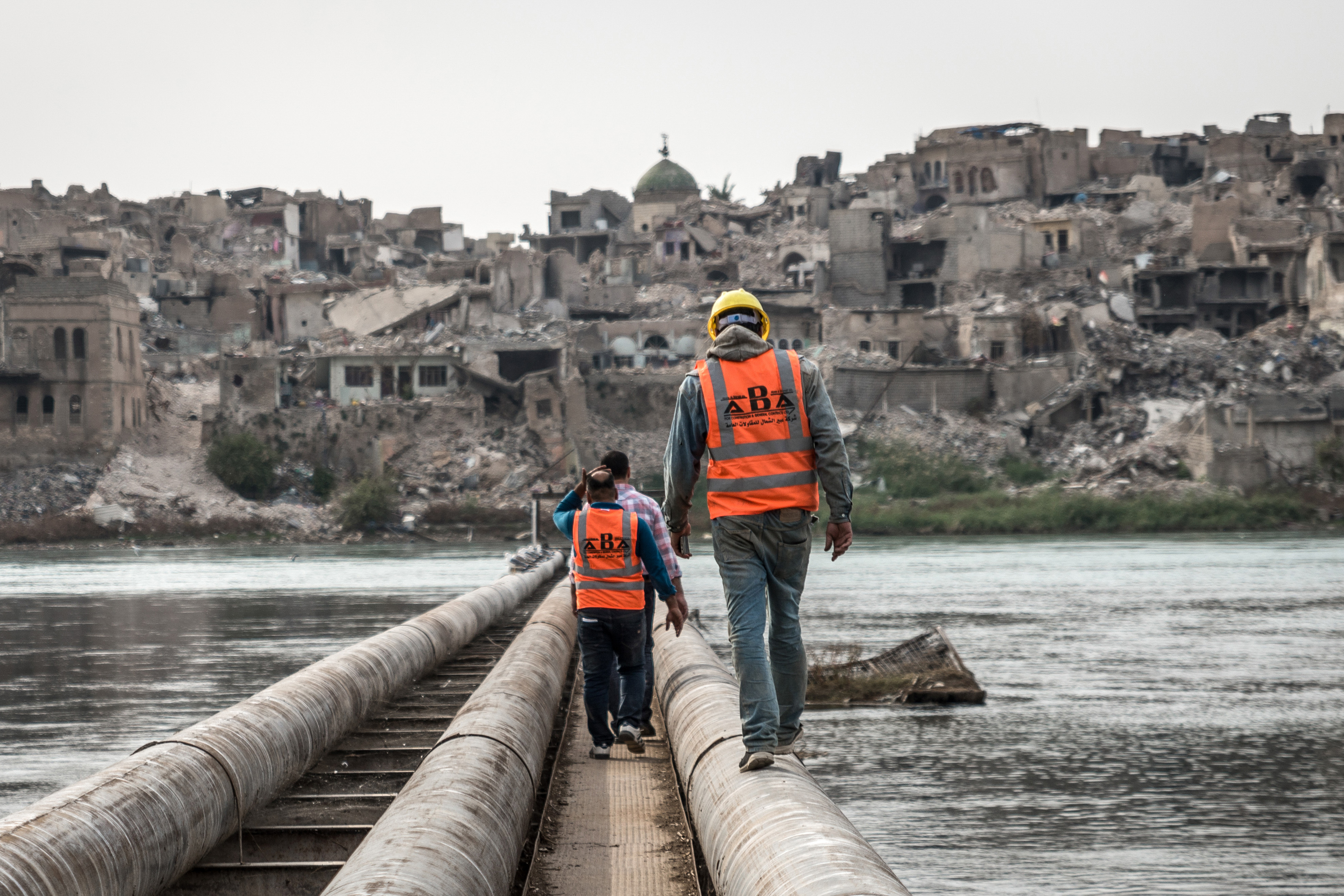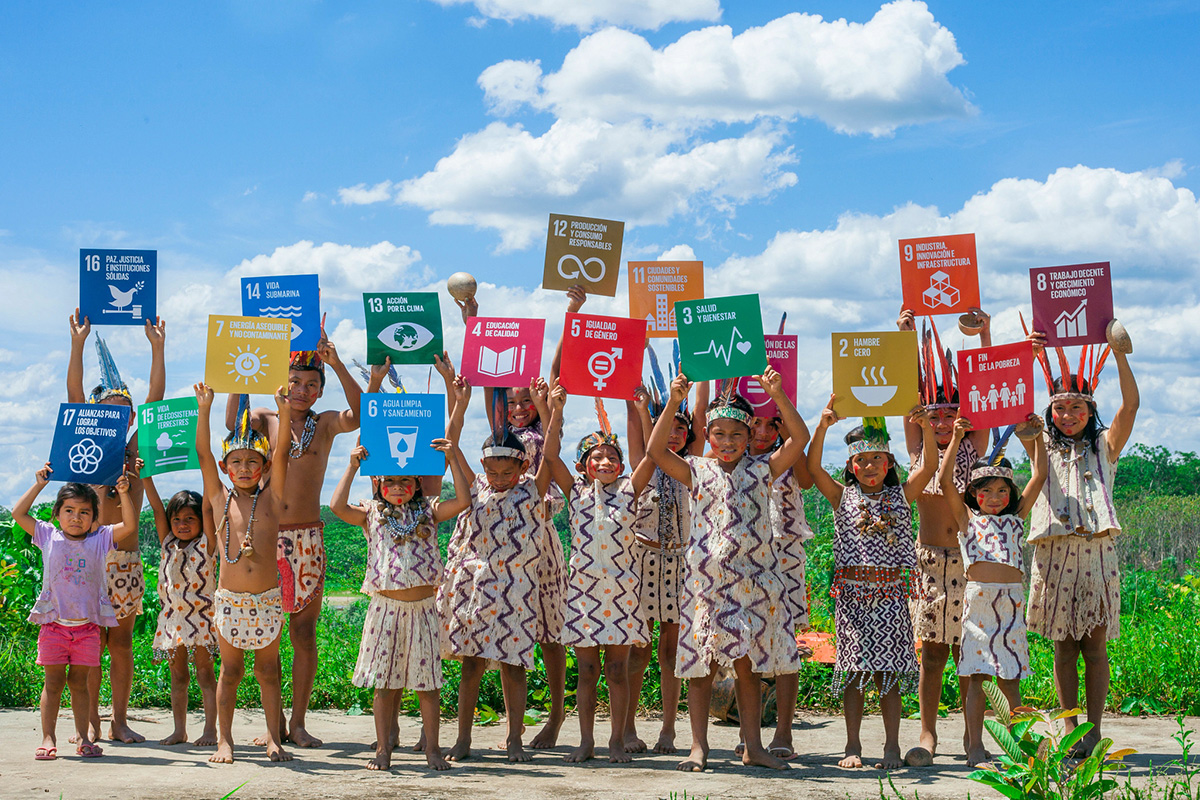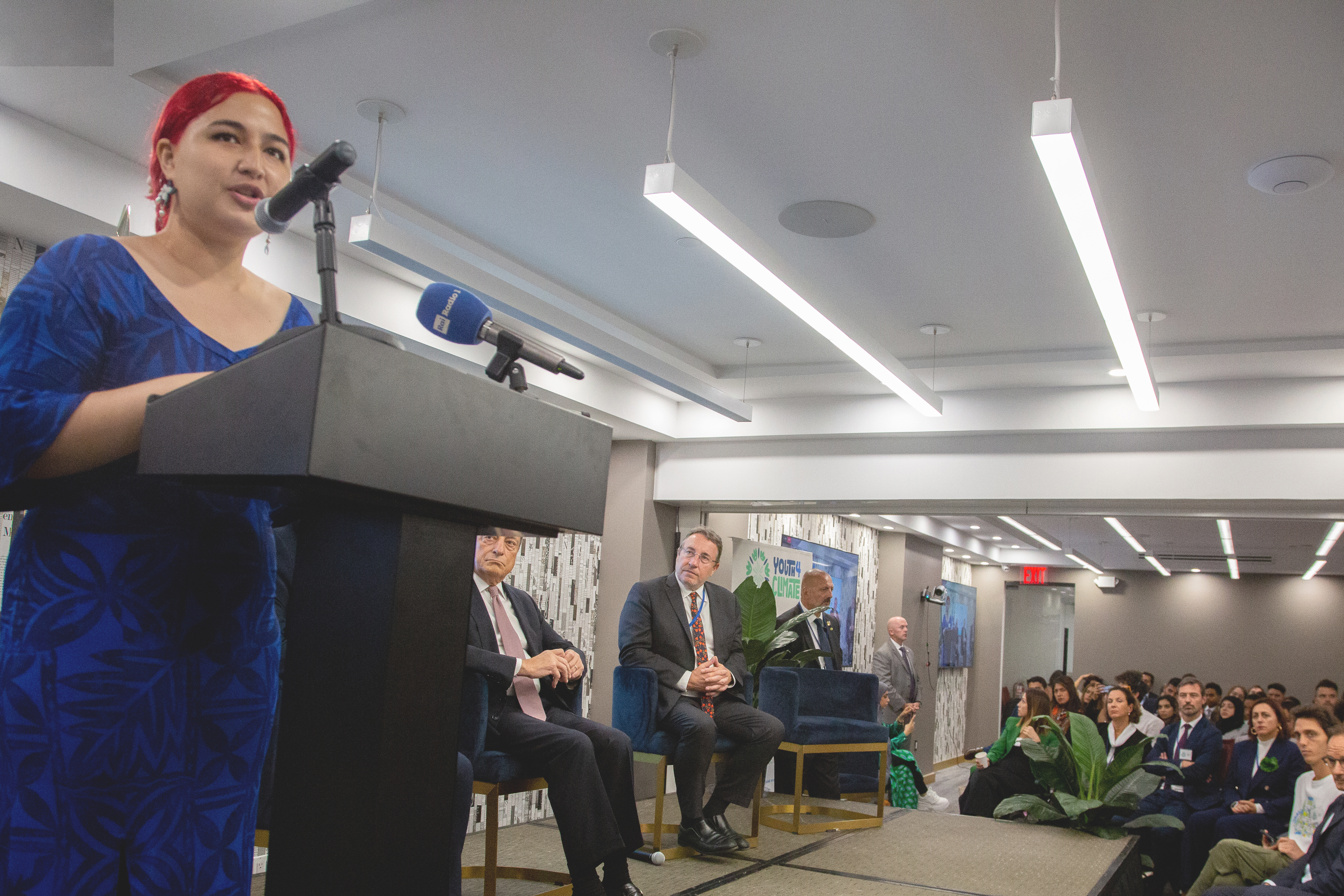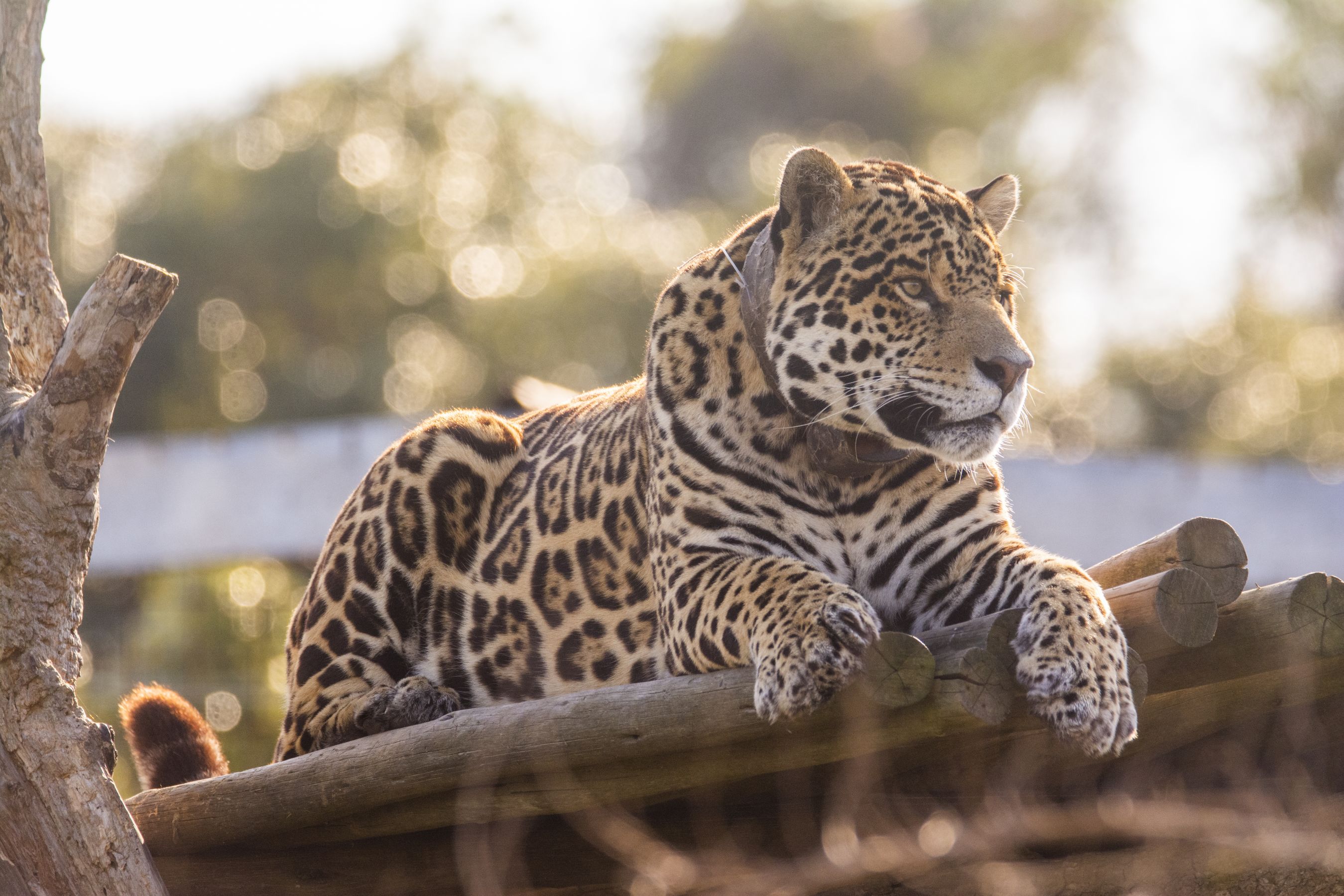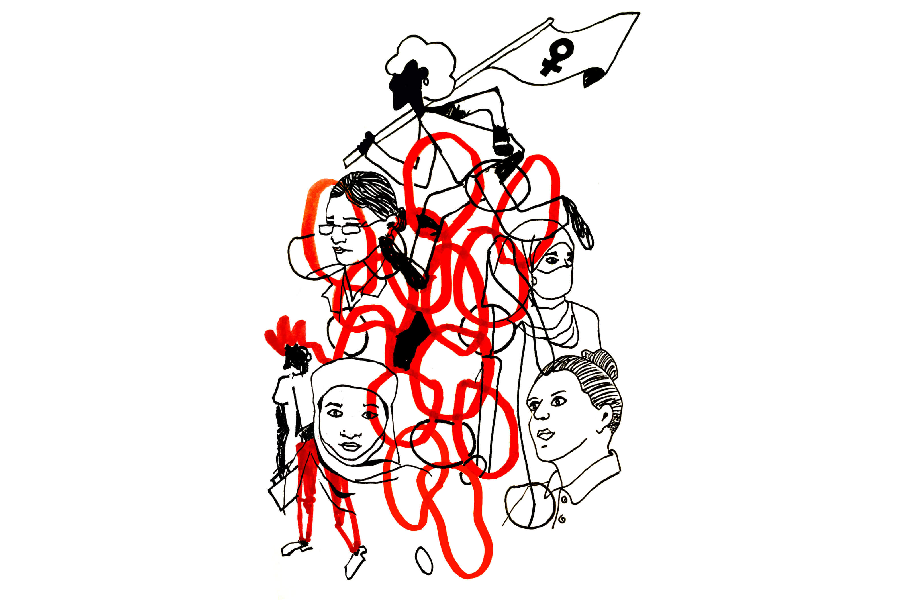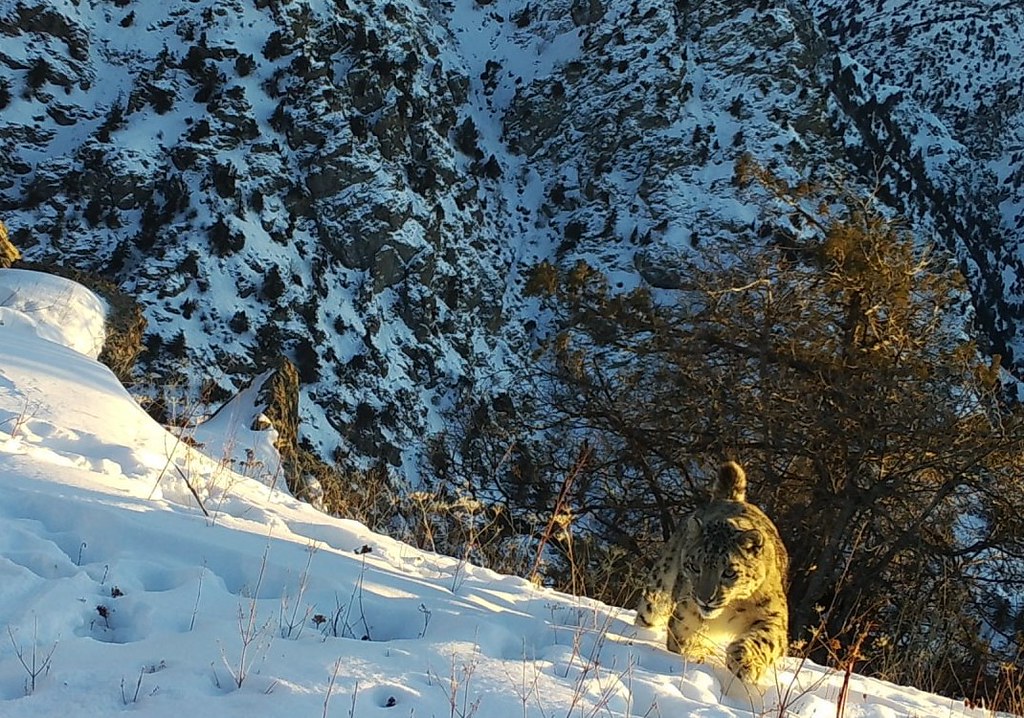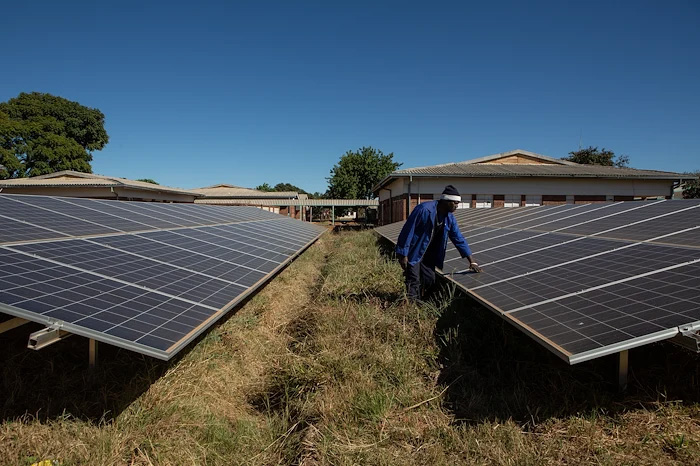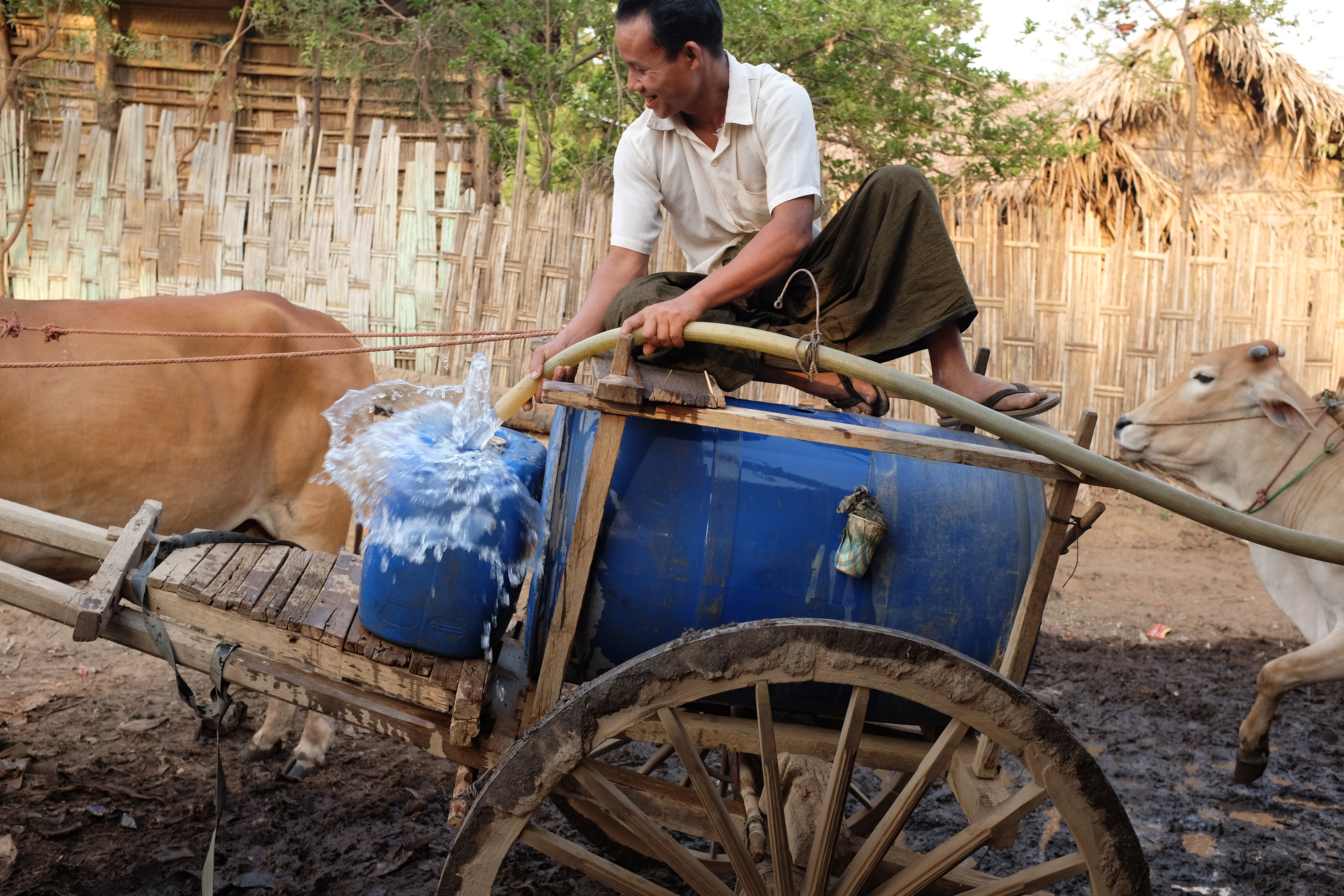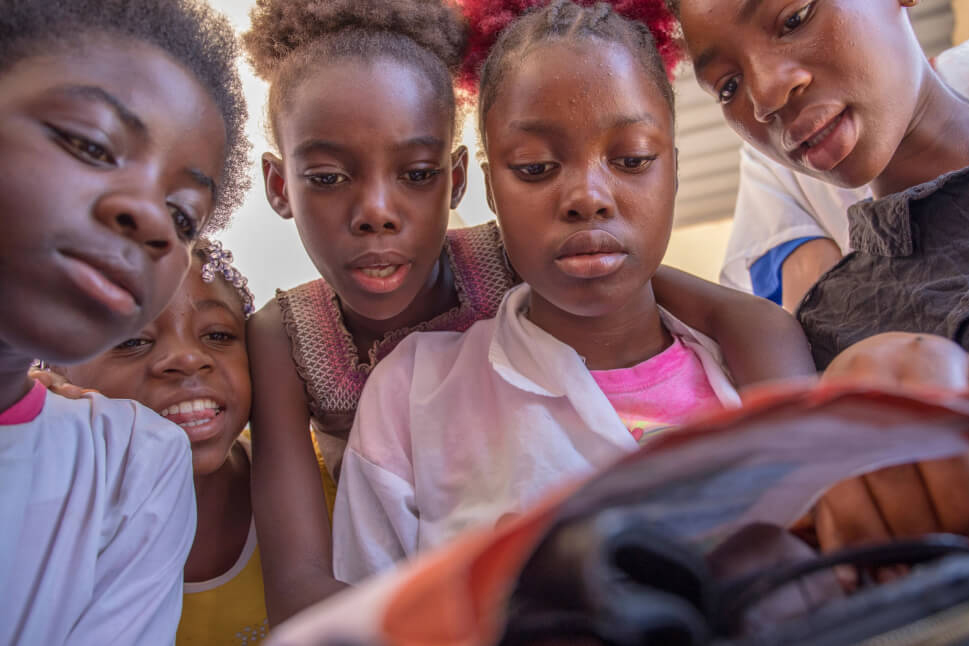Iran’s wetlands, the ab-bandaans, serve as vital environments for the protection of biodiversity, indigenous culture, and related environmental and economic functions. UNDP highlights how the locals are having challenges conserving this important ecosystem as a result of overlooking traditional conservation methods leading to the rise of fertilizer runoff, toxic waste pollution and the presence of invasive species. Through the UNDP ICCA-GSI partnership, they have embarked on a project to document wetlands biodiversity, traditional conservation knowledge and practices, and the factors leading to biodiversity loss.
UNDP
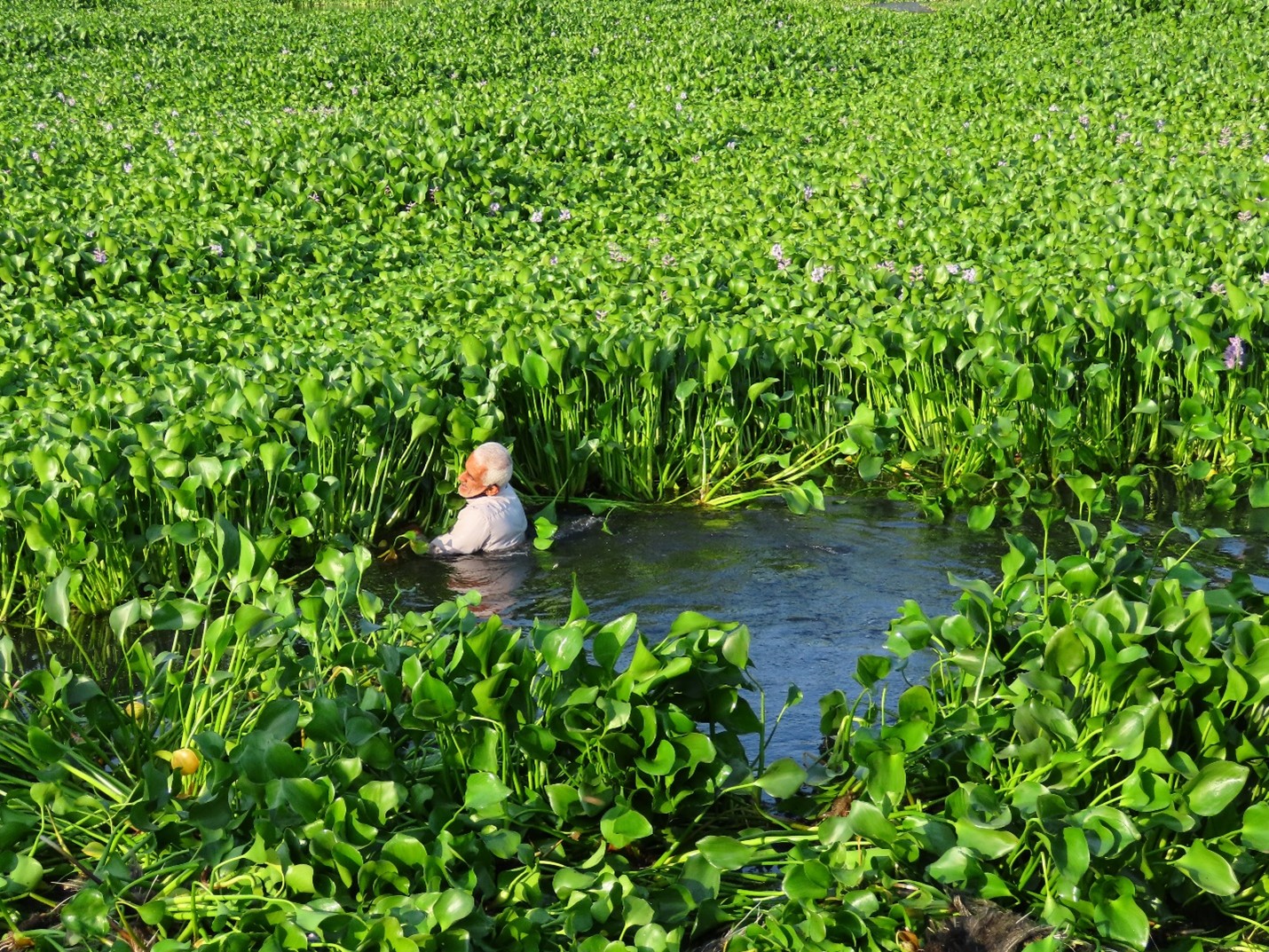
Traditional knowledge serves
We are witnessing an ongoing collision of crises for which traditional response and recovery are not enough. Our future is at stake, as wars, epidemics, the climate emergency and economic upheaval leave almost no country untouched. Emerging from crisis depends on development. Development must be invested in, systematically and comprehensively. Multilateralism and development cooperation have never been more important. The complexity of the path ahead makes it imperative to act together, in partnership. UNDP is always building on its partnerships and decades of experience in countries.
The devastating floods in 2022 were Pakistan’s worst natural disaster in decades. They left one-third of the country submerged, people forced into poverty, and 8 million displaced. An enormous challenge lies ahead. Flood damages and economic losses reached over US$30 billion, and reconstruction needs are estimated at US$16.3 billion. The International Conference on Climate Resilient Pakistan aims to bring the world together to back a strategy for rehabilitation and reconstruction that secures international support for building Pakistan’s climate resilience and adaptation.
The coming year marks the halfway point in the implementation of the Sustainable Development Goals (SDGs). Adopted by UN Member States in 2015, the 2030 Agenda set a target date of 2030 to achieve the 17 Goals to transform our world. While the COVID-19 pandemic and other global crises have set us back, 2023 offers an opportunity to accelerate action to deliver progress for people and our planet. UNDP presents some key moments for sustainable development in 2023, including upcoming global meetings, the implementation of current agreements and how to further break the cycle of crisis.
Watching your home or your favorite football field wash out to sea is the reality facing the residents of Monkey River, Belize. Coastal erosion is caused by the rising sea levels and is quickly destroying the homes and wildlife of this village. If no action is taken soon this village could be wiped off the map. Watch the video to find out how UNDP is empowering Monkey River residents to take action to stop this from happening.
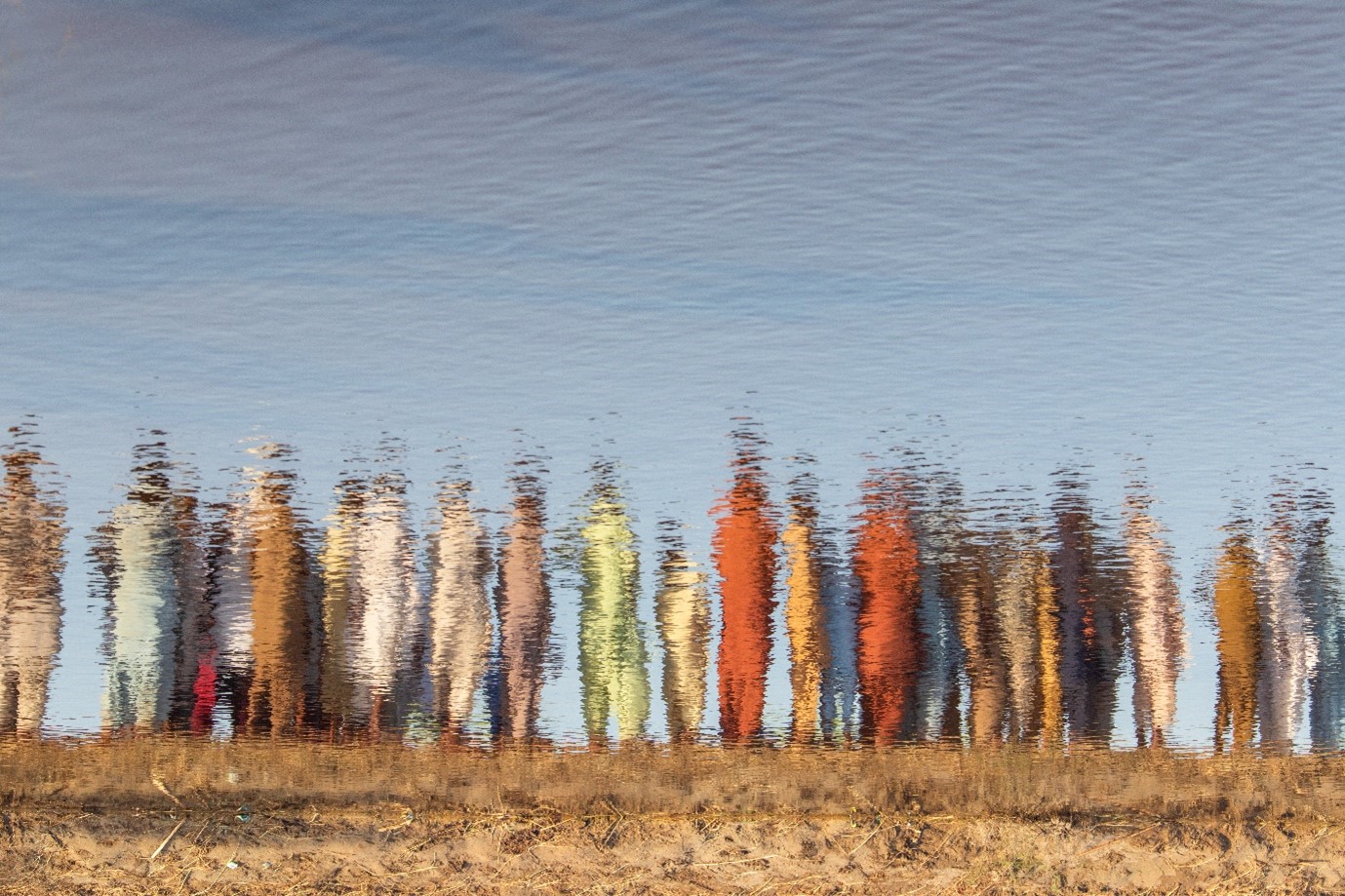
2022: The year that was
While 2022 was a year marked by hardship and suffering, it also brought times that we’ll want to remember. From the growth of the human family to the expansion of our enumerated rights, we are reminded that even in the midst of struggle, we can find cause for celebration, awe or gratitude. In November, according to the best estimates, the world’s 8 billionth human came into the world. The arrival of human #8,000,000,000 is a time for us to reflect on what kind of world we want. We now have 8 billion reasons to fight harder to achieve the Sustainable Development Goals and build a just, green and equitable future for every human. UNDP highlights 2022 in 11 snapshots.
In conflict and crises around the world, women and girls from the frontlines are almost always hardest hit, yet against all odds, are ushering change. Supported by UNDP and partners, women around the world are standing up and transforming their lives, their communities, and the world. Because when women’s voices are heard, development thrives, economies grow, and peace prevails.
This year the United Nations General Assembly agreed that all people have the right to a clean, healthy and sustainable environment. The new universal human right has been confirmed, giving activists across the world new tools in their fight against the devastating effects of climate change and biodiversity loss. It comes at the same time as the UN Biodiversity Conference (COP15) and at the start of a year-long campaign to mark the 75th anniversary of the Universal Declaration of Human Rights, a milestone in human history.
By the early 21st century, the jaguar, South America’s largest predator was locally extinct in several countries. In Argentina, there are fewer than 300 individuals left in the country with remaining jaguars inhabiting dwindling islands of territory, increasingly isolated due to deforestation. Radical action by a team of collaborators is redefining jaguar conservation in the country. Lucero Corrales works for a UNDP-supported project focused on strengthening community and inter-institutional work to ensure the coexistence of people and big cats in the Paranaense Forest and the Gran Chaco Argentino. Lucero's role coheres around a single mission - ensure the coexistence of people and jaguars.
In conflicts and crises, women and girls are almost always hit hardest. During the COVID-19 pandemic, women were nearly twice as likely as men to lose their jobs, and there’s been an increase in their experiences of violence. The climate emergency is another example of how women and girls face greater hardship in times of crisis. Yet, around the world women are at the front of climate action. Meet 16 of the millions of changemakers, partners and advocates who tirelessly fight to make a difference from the frontlines of crises.
In the mountains of Uzbekistan, snow leopards, who are skillful hunters, can kill prey up to three times their weight. This has significance for farmers and shepherds as losses to snow leopards in livestock corrals can reach up to 10-20 animals in a single night. Locals occasionally retaliate by killing these threatened big cats. According to the international NGO TRAFFIC, 450 snow leopards have been killed annually since 2008 due to retaliatory killings and poaching. Through a UNDP-supported project in Uzbekistan, rural fences help protect against natural disasters, livestock raids by predators, uncontrolled grazing, livestock escape, and are a vital tool in preventing human-wildlife conflict.
The last seven years have been the hottest ever recorded. And they’re just a taste of what to expect if we continue to fail to act on global heating. COP27, taking place in Sharm El-Sheikh, Egypt, is an opportunity to stop talking and start acting. Change is happening around us, and the Paris Agreement points the way. In country after country, UNDP has witnessed, alongside our key partners, the transformation that takes place when leadership, political will and investment come together. There is no future without meaningful climate action.
The Third Pole is an area of Asia that contains continuous ranges of high glaciated mountains. It is the 3rd largest storage of frozen water on Earth and contains every peak taller than 7,000 metres. As these enormous glaciers melt, the number of glacial lakes has grown. These are often only tenuously held in check by moraine dams, glacial ice or even just bedrock. When any part of these fragile buffers fail, the resulting deluge is a glacial lake outburst flood, or GLOF. The GLOF drains the entire lake down neighbouring valleys and can threaten people’s lives, livelihoods, and regional infrastructure. UNDP is working to prevent GLOFs in Bhutan, Nepal, and Pakistan.
Around 80 percent of farmland in Asia and sub-Saharan Africa is managed by smallholder farmers. However, farm families are affected by climate change, lower earnings, higher costs, and delayed access to markets. They also disproportionately feel the burden of commodity price increases and inflation. A UNDP-supported project in Myanmar and Cambodia links smallholder farmers with input suppliers or new output markets, thereby increasing farm production, incomes, and farmer resilience. Collective action also allows smallholder farmers to buy and sell larger volumes, and to negotiate for lower input prices and reduced individual transportation costs. Find out more about the project here.
In theory, cities offer egalitarian opportunities. They are open to anyone who wants to take their best shot at a fulfilling, diverse, economically rewarding, and cultural life. In reality, most cities are built by men, for men, with little or no thought for women’s and girls’ needs, aspirations or safety. The ‘penalties’ women pay for living in cities include violence, poverty, unequal amounts of unpaid care work, limited job opportunities, and lack of power in public and private decision making. UNDP shows us what women see when they look at cities.

